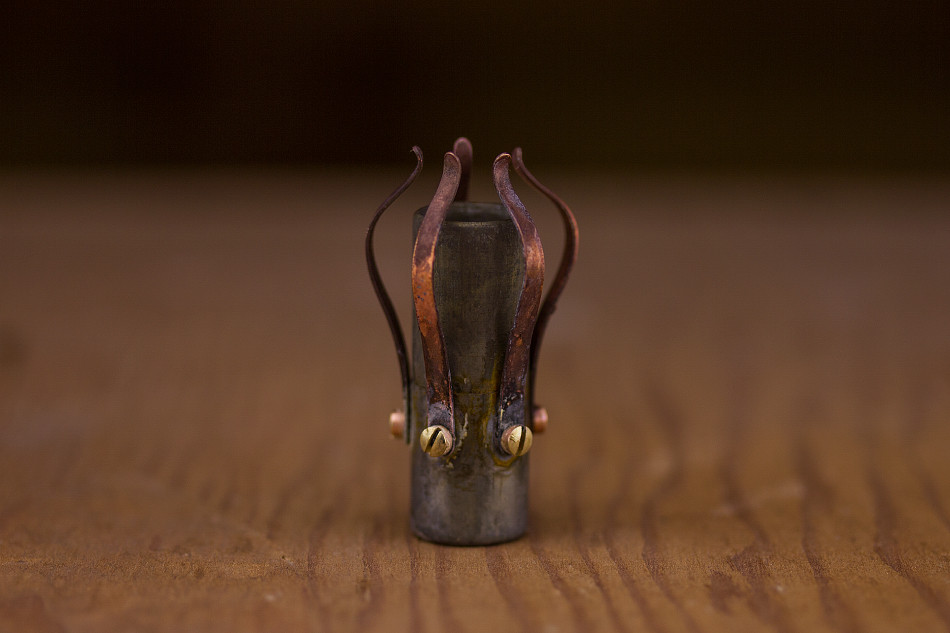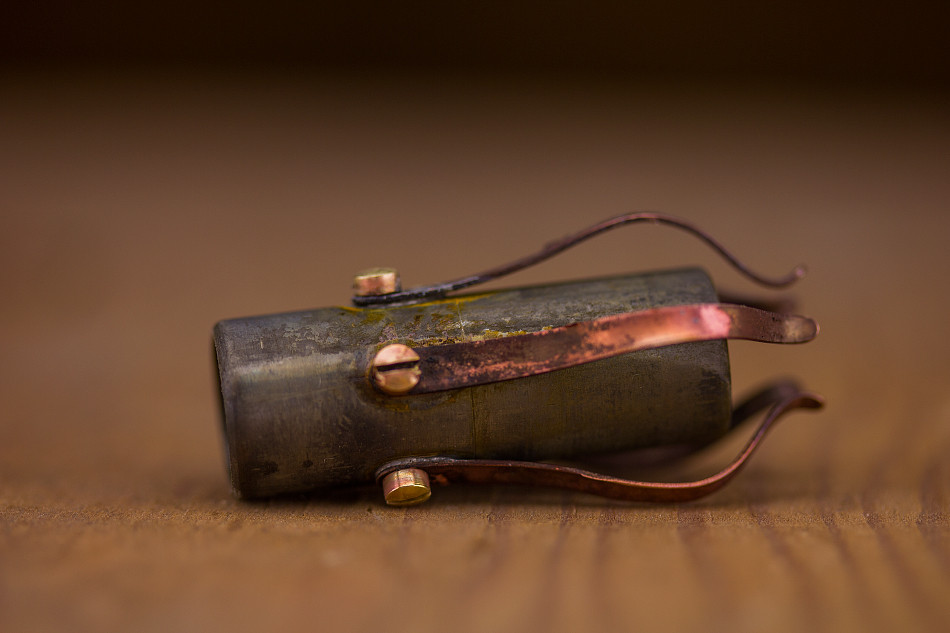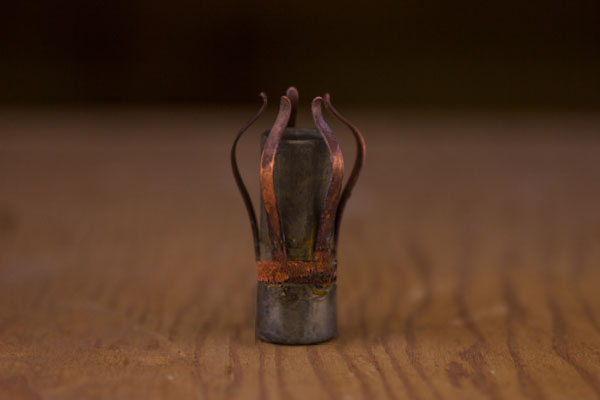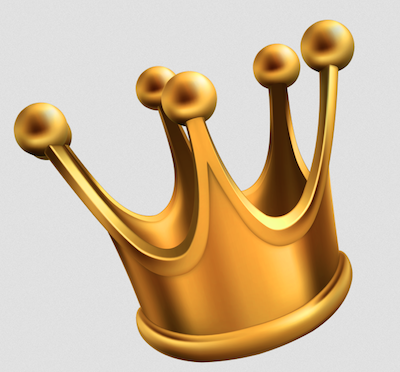-
SCAM WARNING! See how this scam works in Classifieds.
You are using an out of date browser. It may not display this or other websites correctly.
You should upgrade or use an alternative browser.
You should upgrade or use an alternative browser.
Discontinued The Okin by D.M. Pipes
- Thread starter Stu
- Start date
-
- Tags
- charcoal powered okin portable
Breathemetal
Well-Known Member
Is there an official eta yet?
Is there an official eta yet?
Shooting for the spring, give or take..
i was looking up ancient japanese smoking untensils and the okin is certainly heading in that direction. which i pretty much like.is it possible to make a matching container for pregroud herb out of a thicker bamboo stem?
it's possible, for sure. Perhaps an idea for an accessory...
Madcap79
Jack of all trades, master of none.
Ha! I didn't know that was his name... even though I've seen the movie twice! Maybe it got into my brain on a subconscious level.. hmmm.
Also I'm thinking about dropping the dash above the O in Ōkin. It doesn't look quite as cool, but it's a pain in the ass to type it correctly if you don't have your keyboard setup right.
So, from now on I think I'll just call it the Okin. Perhaps someone could change the thread title?
Also I'm thinking about dropping the dash above the O in Ōkin. It doesn't look quite as cool, but it's a pain in the ass to type it correctly if you don't have your keyboard setup right.
So, from now on I think I'll just call it the Okin. Perhaps someone could change the thread title?
I agree, it looks better now. I was thinking it might be bad for google searches, too. Nice call.Perhaps someone could change the thread title?

So I've been doing a bunch of experimenting with the testers, trying to balance manufacture time with my desired price point, while maintaining craftmanship and aesthetics... ha, what a mouthful.
With my last prototype (which I am still using for testing) I've discovered that using one brass screw to hold the bronze prongs in place is not durable enough. If you apply a rotational force on the prong, in a counter-clockwise direction, you could loosen the machine screw. Since I want to remove the screwdriver slots from the screws, any amount of loosening has to be avoided.
For this tester model, I decided to solder the prongs into place, I used low temperature silver solder (lead free, of course). The problem with this solution is that low temp solder has a melting point of about 430F. That's a bit too close for comfort. Higher temp silver solder would be nearing the annealing temperature of the phosphor bronze springs... and once that temperature is hit, the springs will not longer be springy! Also, soldering this many prongs into place will be time consuming. So, I won't be using solder on the final design.
Here is what the metal tip looks like after it's been soldered, cleaned, and very mildly etched and patina'd with vinegar. The patina at this stage is very thin, with almost no rust buildup. But I find it interesting, so I'll probably keep it like this since I'll be keeping it


The final design will use two brass screws on each prong to eliminate any loosening issues. One brass crew will be large, like the ones you see pictured here, and the second will be small, about half the size, since it is acting more like a pin to keep the prong from rotating. This should be durable enough for a lifetime of use, and in the rare case that one of the prongs was faulty and broke, it can be easily replaced.
If it seems that I am slow on getting those testers out there, It's only because I've been trying my best to come up with a design that is perfect.
@Stu , Yep, Agreed!
With my last prototype (which I am still using for testing) I've discovered that using one brass screw to hold the bronze prongs in place is not durable enough. If you apply a rotational force on the prong, in a counter-clockwise direction, you could loosen the machine screw. Since I want to remove the screwdriver slots from the screws, any amount of loosening has to be avoided.
For this tester model, I decided to solder the prongs into place, I used low temperature silver solder (lead free, of course). The problem with this solution is that low temp solder has a melting point of about 430F. That's a bit too close for comfort. Higher temp silver solder would be nearing the annealing temperature of the phosphor bronze springs... and once that temperature is hit, the springs will not longer be springy! Also, soldering this many prongs into place will be time consuming. So, I won't be using solder on the final design.
Here is what the metal tip looks like after it's been soldered, cleaned, and very mildly etched and patina'd with vinegar. The patina at this stage is very thin, with almost no rust buildup. But I find it interesting, so I'll probably keep it like this since I'll be keeping it


The final design will use two brass screws on each prong to eliminate any loosening issues. One brass crew will be large, like the ones you see pictured here, and the second will be small, about half the size, since it is acting more like a pin to keep the prong from rotating. This should be durable enough for a lifetime of use, and in the rare case that one of the prongs was faulty and broke, it can be easily replaced.
If it seems that I am slow on getting those testers out there, It's only because I've been trying my best to come up with a design that is perfect.
@Stu , Yep, Agreed!
stickstones
Vapor concierge
If the screw is in the air path, the purists will prefer stainless steel.
If the screw is in the air path, the purists will prefer stainless steel.
When the stem is usually pushed into the metal tip far enough to cover the brass, separating it from the airway. Though, if you wish, you can over-fill the chamber, and insert the stem into the tip by only a small amount, in which case the brass will be in contact with the airway.
I would be interested to know why this is frowned upon?
I know that brass, or any alloy of copper, can have a very unpleasant smell, especially when these metals react to our skin. Also, the formation of verdigris, the greenish-blue patina that forms on copper, can create poisonous copper compounds.
But, in this instance, the use of brass is so minimal, I really don't see it being an issue. I wouldn't like the taste of a copper alloy tube being used as an airway, but these screws are seriously tiny...
And, as far as copper alloys go, brass is very good at resisting corrosion.
In any case, since this vaporizer has a wooden stem, I don't see it appealing to purists anyhow.
And, the reason I am using brass is mostly aesthetic. Stainless would just look odd...
stickstones
Vapor concierge
I would be interested to know why this is frowned upon?
Like grokit said, it's about the lead. Since we don't have any science to back up which metals off gas in these things, some people choose to avoid certain materials altogether. A few years ago we had a big brass vs. stainless steel debate on here and brass lost. I'm not saying there is any danger, and there probably isn't. But there will always be some who fight on the lead and brass front.
Ah, okay.
Well, most screw machines use what's called free machining brass, meaning that it has lead in it. I doubt I'll be able to source lead-free brass screws in the size I need, since these screws are already a specialty product.
But, I can say that I will source my screws from J.I. Morris, a U.S. miniature screw manufacturer. So at least they are held to certain standards. They use ASTM B16 brass, 2.5-3.7% lead. This is the standard for these types of miniature screws.
If you use the Okin, as directed, there is no contact between the airway and the brass. For those that may use the Okin with an over-filled chamber (revealing the brass to the airway), I'll just say this...
In order for the lead that is present in the brass to become vapor, it would have to reach a boiling temperature of 3182 f.
The more logical mode of ingestion would be from solid lead that is present on the surface of the brass as a result of the manufacturing process.
In pipe fittings, this surface lead can be liberated through corrosion and abrasion. Alcohol brewers have developed a way to remove the surface lead from brass fittings to eliminate the possibility of lead leeching into the acidic wort. They accomplish this by removing surface lead with acetic acid and hydrogen peroxide.
I use the same solution to clean all of my metal parts before the patina process, thus removing any surface lead present.
Well, most screw machines use what's called free machining brass, meaning that it has lead in it. I doubt I'll be able to source lead-free brass screws in the size I need, since these screws are already a specialty product.
But, I can say that I will source my screws from J.I. Morris, a U.S. miniature screw manufacturer. So at least they are held to certain standards. They use ASTM B16 brass, 2.5-3.7% lead. This is the standard for these types of miniature screws.
If you use the Okin, as directed, there is no contact between the airway and the brass. For those that may use the Okin with an over-filled chamber (revealing the brass to the airway), I'll just say this...
In order for the lead that is present in the brass to become vapor, it would have to reach a boiling temperature of 3182 f.
The more logical mode of ingestion would be from solid lead that is present on the surface of the brass as a result of the manufacturing process.
In pipe fittings, this surface lead can be liberated through corrosion and abrasion. Alcohol brewers have developed a way to remove the surface lead from brass fittings to eliminate the possibility of lead leeching into the acidic wort. They accomplish this by removing surface lead with acetic acid and hydrogen peroxide.
I use the same solution to clean all of my metal parts before the patina process, thus removing any surface lead present.
marduk
daydreamer
@Dan Morrison I don't know if it's feasible for you, but I've thought of a possible alternative that would do away with the question of screws. I'm attaching a quick photoshop to illustrate... instead of dealing with five individual prongs, if you could manufacture a single unit "crown" that incorporates the prongs, you wouldn't need any screws.
There would be no screw holes and the prongs would be completely outside the air path so you could use any kind of solder or epoxy to fasten the band to the exterior of the bowl. The bottom part of the bowl could have a slightly larger diameter to provide a lip for the band of the crown to butt up against that would make it even more stable. It would also make the band more flush so it could flow with the lines of the piece...
So I'm just putting this out there on the off chance that you haven't already considered something like this and discounted it....

There would be no screw holes and the prongs would be completely outside the air path so you could use any kind of solder or epoxy to fasten the band to the exterior of the bowl. The bottom part of the bowl could have a slightly larger diameter to provide a lip for the band of the crown to butt up against that would make it even more stable. It would also make the band more flush so it could flow with the lines of the piece...

So I'm just putting this out there on the off chance that you haven't already considered something like this and discounted it....

marduk
daydreamer
If given a choice, I'd choose the screws.
Yeah my photoshop skills are lacking and it does look kind of plain... I suppose if Dan were to actually do this he could make the space between the prongs crescent-shaped or something other than a boring 90° transition.


@marduk , Thanks for your input, I think that would be a fine solution indeed, and faster to put together. But, I'm too invested into the idea of using screws now... I just can't go back.
Plus... screws, bolts, rivets... they connote a certain feeling... like.. early industrial revolution, coal fired furnaces... there is a rawness, as well as an elegance to mechanical fasteners. HAHA, maybe I'm too picky...
Plus... screws, bolts, rivets... they connote a certain feeling... like.. early industrial revolution, coal fired furnaces... there is a rawness, as well as an elegance to mechanical fasteners. HAHA, maybe I'm too picky...
stickstones
Vapor concierge
Down the road the band idea might be easier...but I'm no artist or engineer. But for aesthetics you could put any kind of fastener looking thing on the band to look like screws.
The Okin is a piece of art as much as it is a functional device. If Dan feels that screws are a necessary part of his work, it's not for us to tell him to do otherwise. In my opinion, those who have fears of lead in the brass screws would probably recoil in horror at the idea of inhaling vapour produced by a charcoal ember. I have no concerns whatsoever and like the screws.
marduk
daydreamer
Just for the record, I like the look of the screws and have no fear of them. While reading the thread I saw the issue of the screws being raised, and I offered up a way to do away with any screw questions. Since Dan has asked for input and suggestions, I felt free to suggest. I certainly was not telling him what to do, and I don't think he took it that way. 


